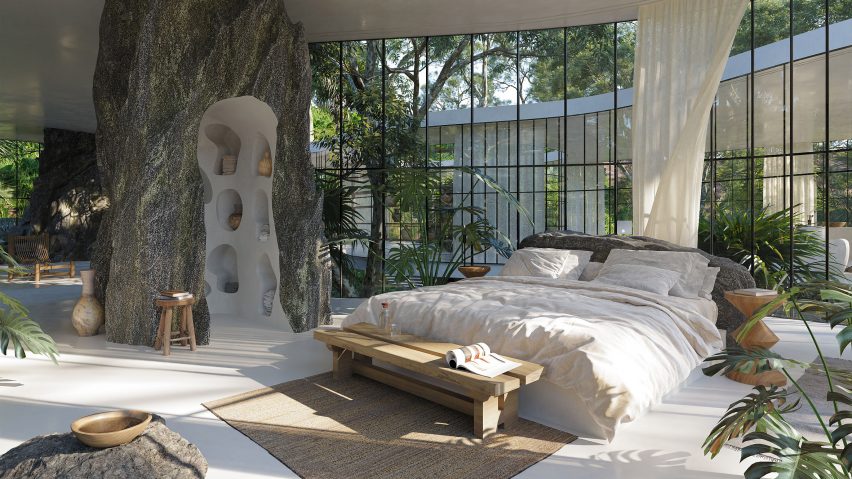
"Not having architectural education makes you find different solutions" says Charlotte Taylor
Visualisation artist Charlotte Taylor discusses how she is translating her digital design work into built architecture projects for the first time in this interview.
Taylor is the founder of 3D-design studio Maison de Sable, where she collaborates with other 3D designers on renderings of imaginary, fantastical interiors and buildings.
Recently Taylor's designs have become less fantasy-driven and closer to real spaces, with some of them set to get built as physical architecture projects.
"In the long term, I'd like to move more into architecture," Taylor told Dezeen.
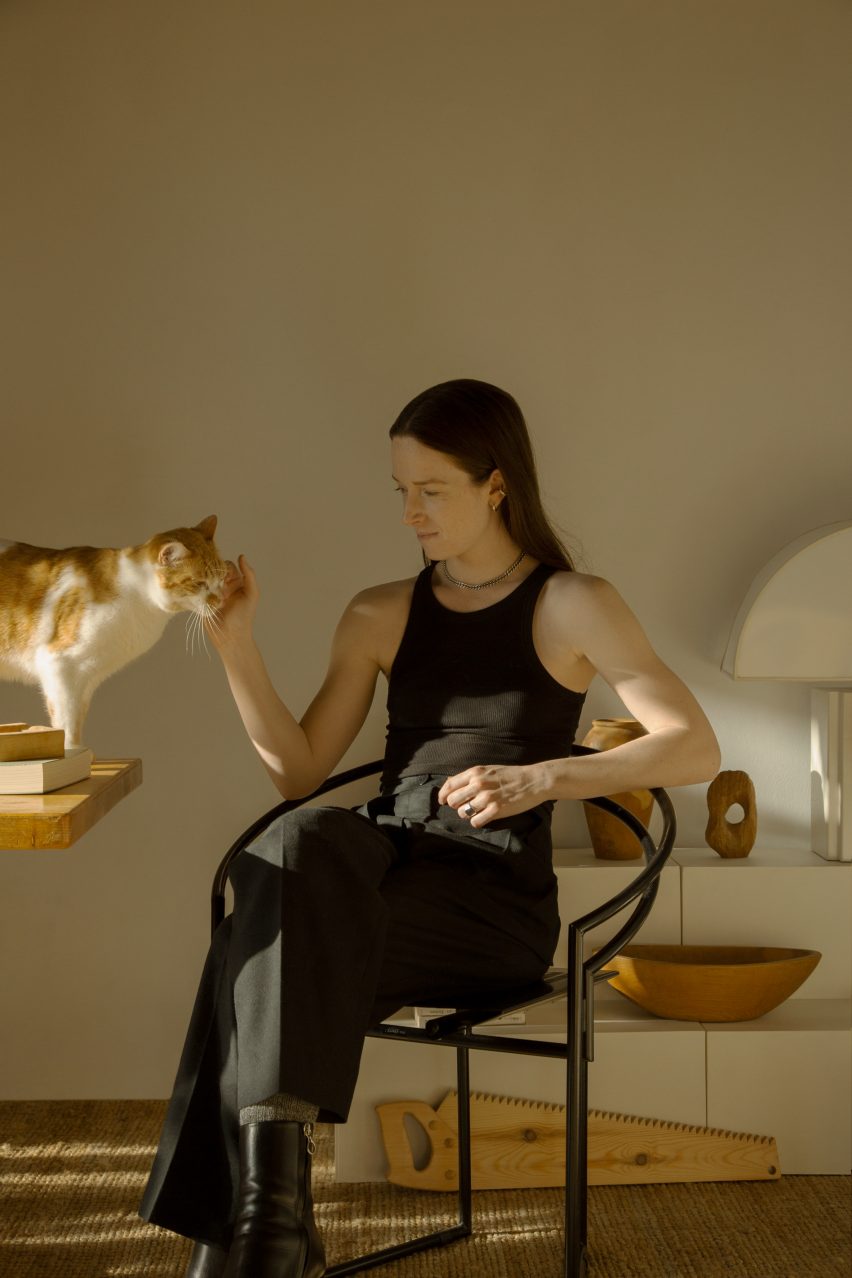
Having not pursued formal architecture training, the designer believes there should be more non-traditional pathways to designing buildings.
"I didn't train in architecture at all," she said. "I think it would be great if there were more entries into architecture because it's such a hard career to get into."
"I'd like to think that there's hope that you can get into building physical spaces through unconventional means."
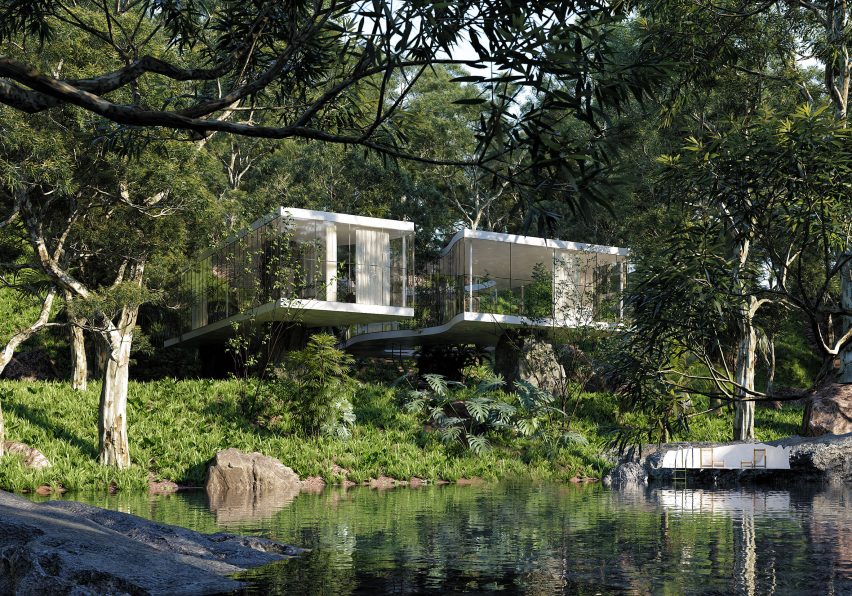
One of Taylor's designs due to be built is Casa Atibaia, a house that was originally conceived as an imaginary project in collaboration with designer Nicholas Préaud.
The duo imagined the house situated by the Atibaia River in São Paulo, creating a digital model of part of the riverbank based on information from Google Maps.
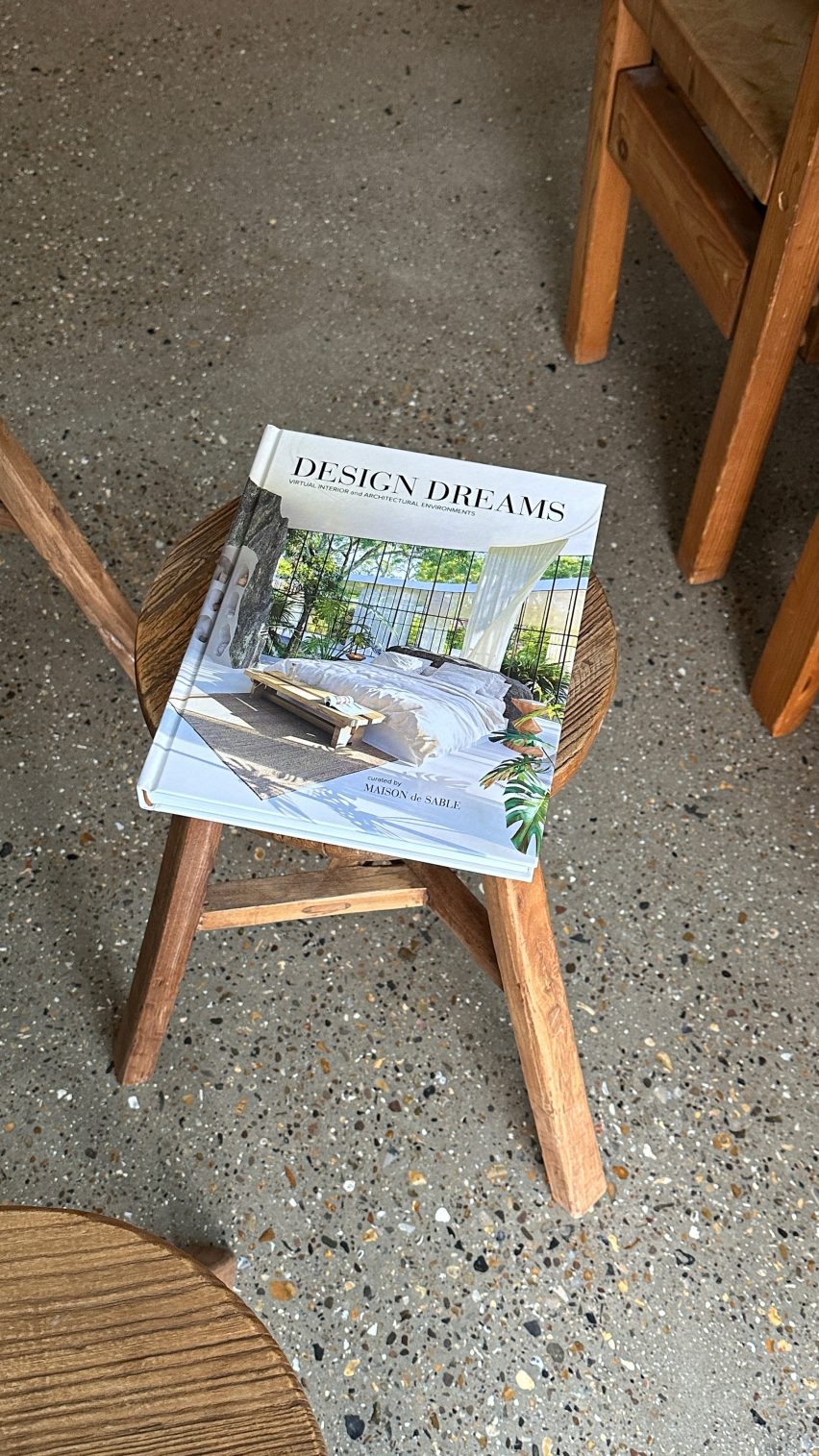
From this, Taylor and Préaud designed a concrete and glass fantasy home raised on huge boulders, the interior of which features on the front cover of Taylor's first book, Design Dreams, published last month.
Although the project was not originally intended to be built, Taylor is now in the process of finding a plot of land suitable to actualise the design.
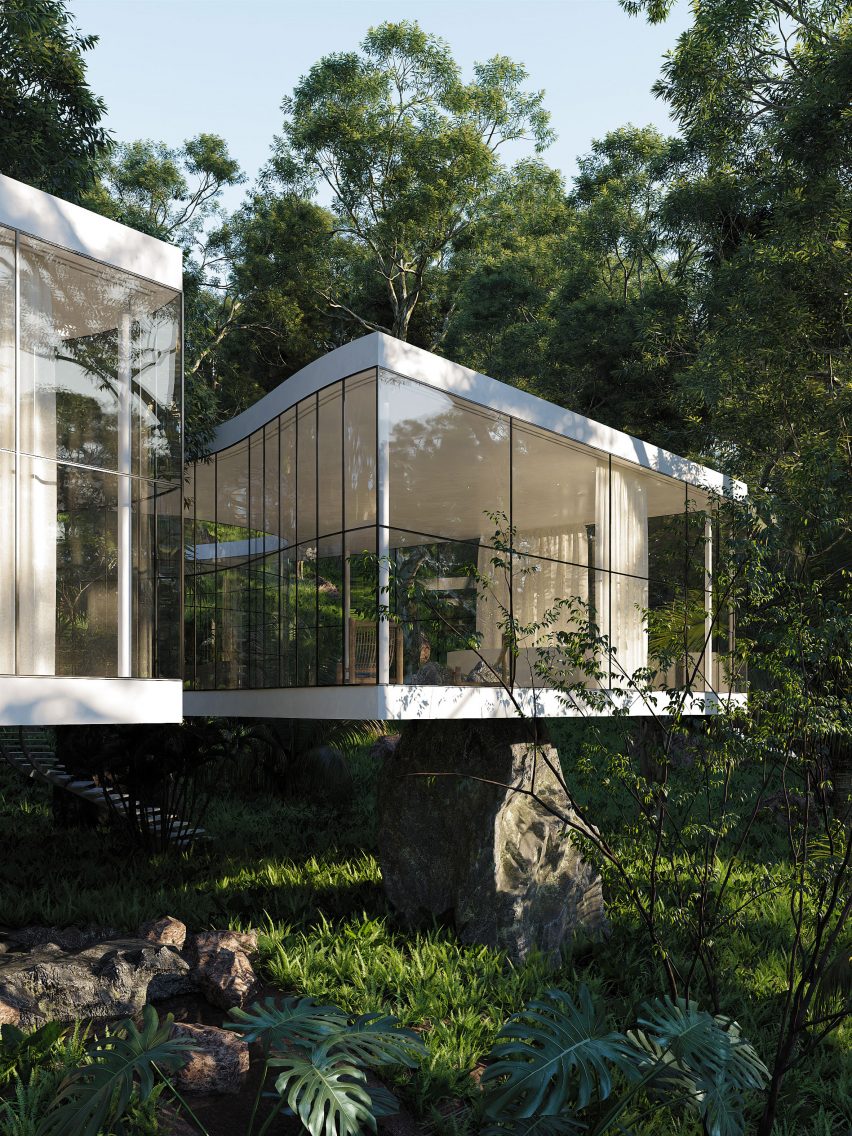
Taylor has also collaborated with architectural designer Andrew Trotter on a house in Utah, which forms part of Trotter's wider design for a hotel and retreat centre named Paréa.
The house, which is currently under construction, was designed to blend into the desert landscape with large spans of glazing and walls finished in lime plaster.
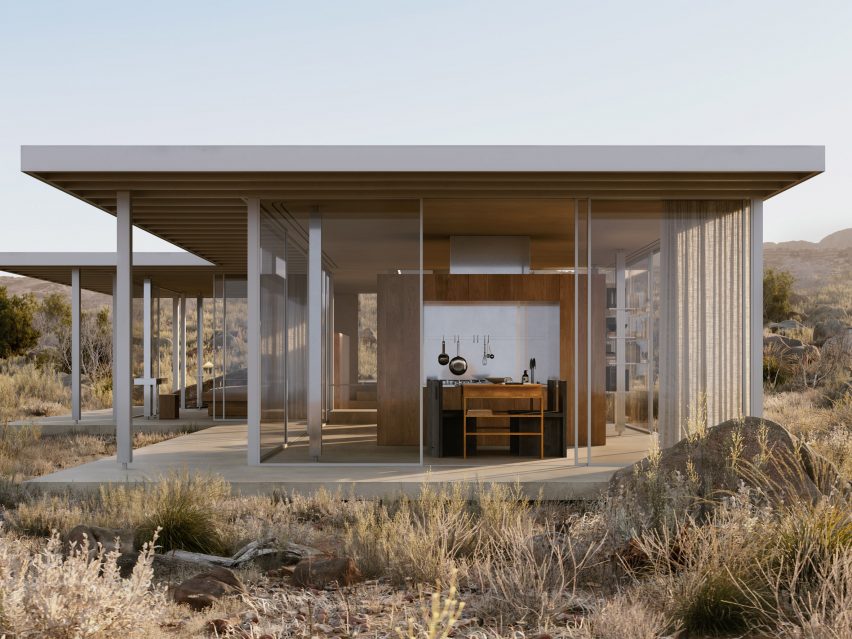
According to Taylor her fictional designs have received a mixed response from architects, with some saying that "in the real world, it doesn't work like that".
But for Taylor, not having an architecture degree and exploring spatial design digitally without being constrained by lighting, noise, safety and budget requirements allows for more creativity.
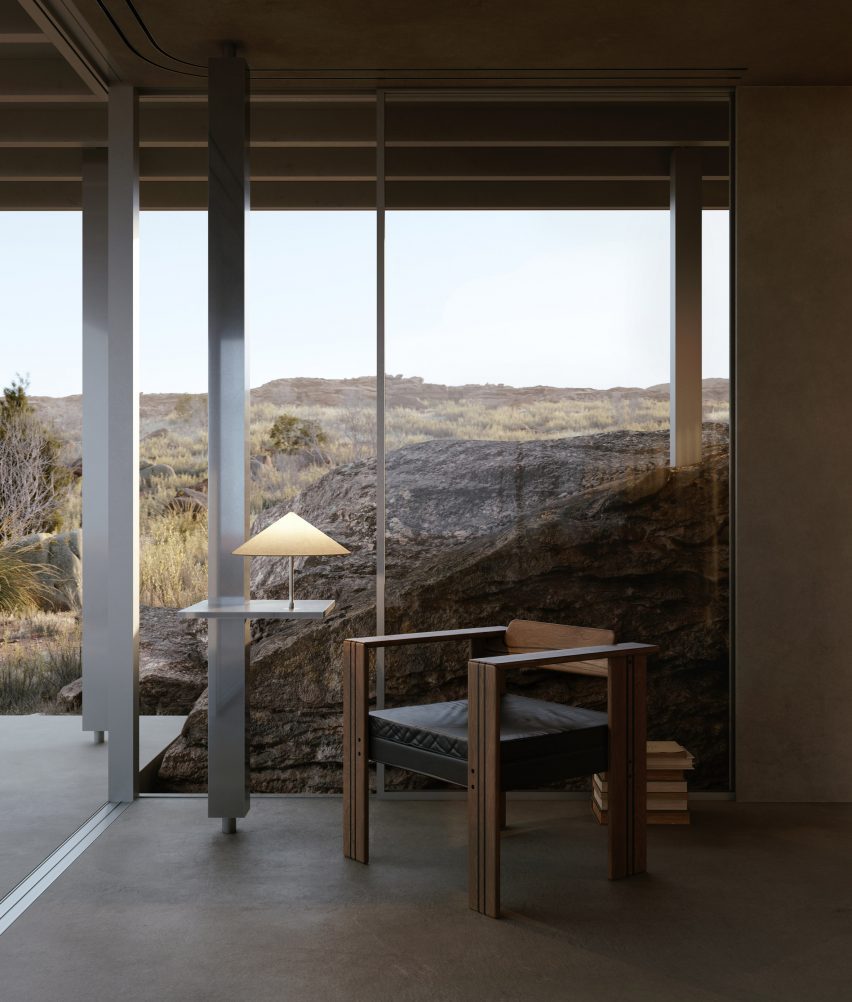
"It acts as a sort of creative playground for me in which I can test out all these concepts and see how they work visually," said Taylor.
"Then bringing that into the physical world and working with engineers and architects, it becomes pared down."
"I think not having architectural education makes you find different solutions or ideas to bring to the real world that wouldn't have come from just designing an actual space," she added.
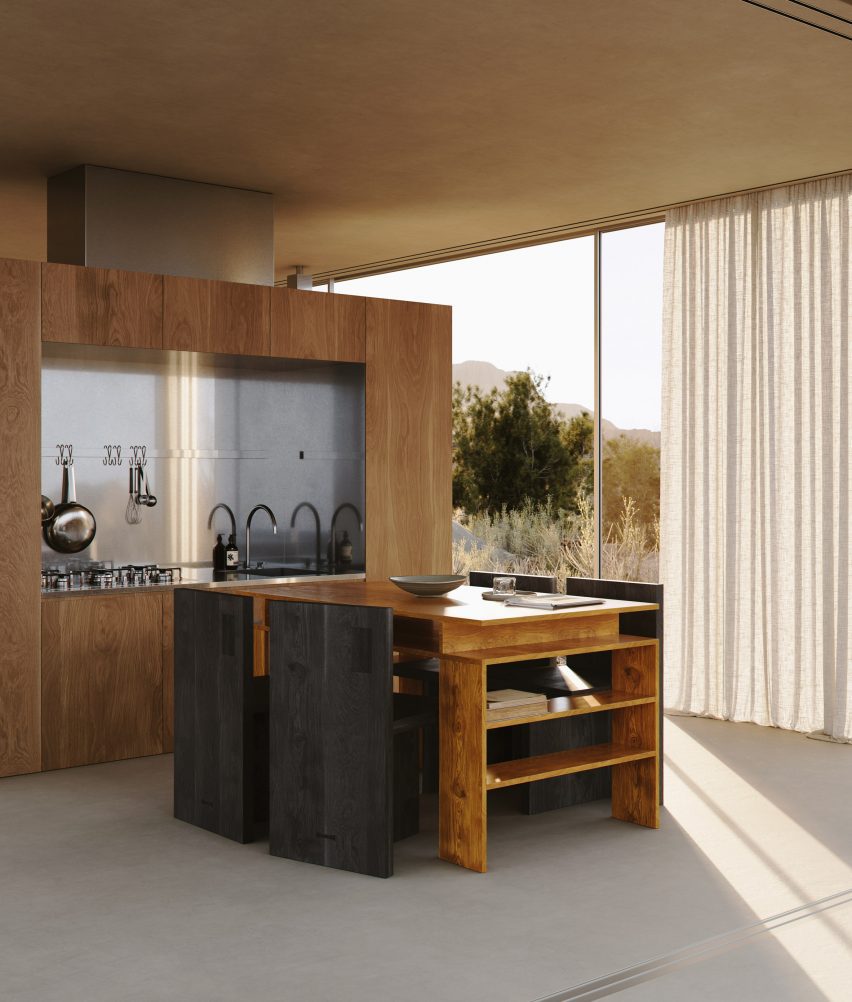
The designer mentioned that her design icon Carlo Scarpa also never became a licenced architect.
"My icon, Carlo Scarpa, never had his full qualification, so there are little stories that inspire me, but the general thinking is quite rigid – this particular entry is a bit frowned upon from what I've experienced," said Taylor.
Having learned most of her design skills from experimenting with digital design and collaborating with other designers, Taylor describes herself as "self-studious" and encourages other designers to create work that they feel best represents themselves.
"Strive to build a portfolio that excites you and represents you the most," Taylor said.
"Through building a portfolio and working with 3D designers and architects was how I learnt – it's very research-heavy."
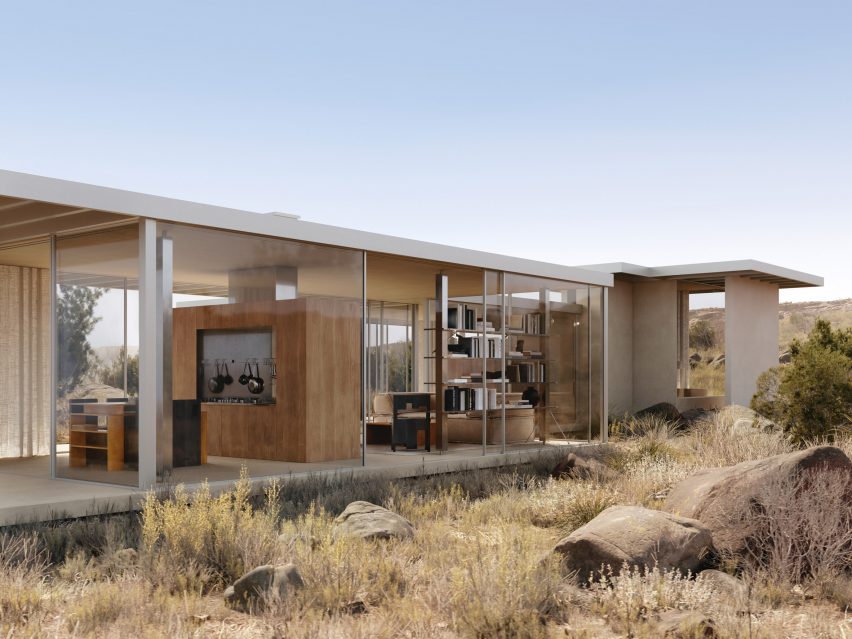
Taylor's Design Dreams book features 3D designs of buildings and interiors created by herself and other artists.
The curation includes fantasy-like environments as well as renderings of interiors that appear like real, tangible spaces.
"[The book] became a space in which to share my personal projects, the artists I work with and work I admire around the field of interiors and architecture," said Taylor.
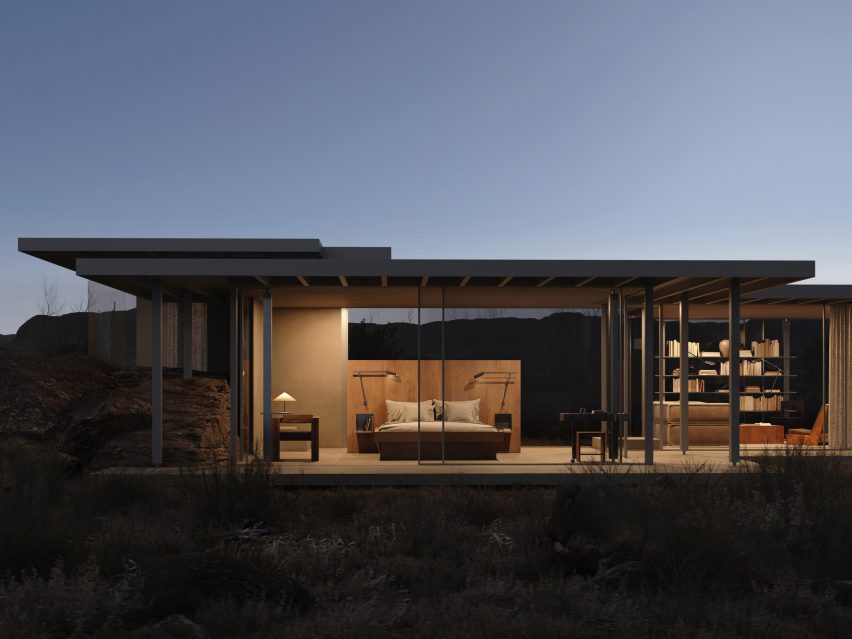
Although most of the images are already widely shared online, by collating them all into one volume Taylor hopes readers will enjoy getting lost in the printed format.
"The same way that the Instagram page acts where people go to get lost in the images, to have that in a physical format means you are able to spend more time in detail than you can on a phone screen," she said.
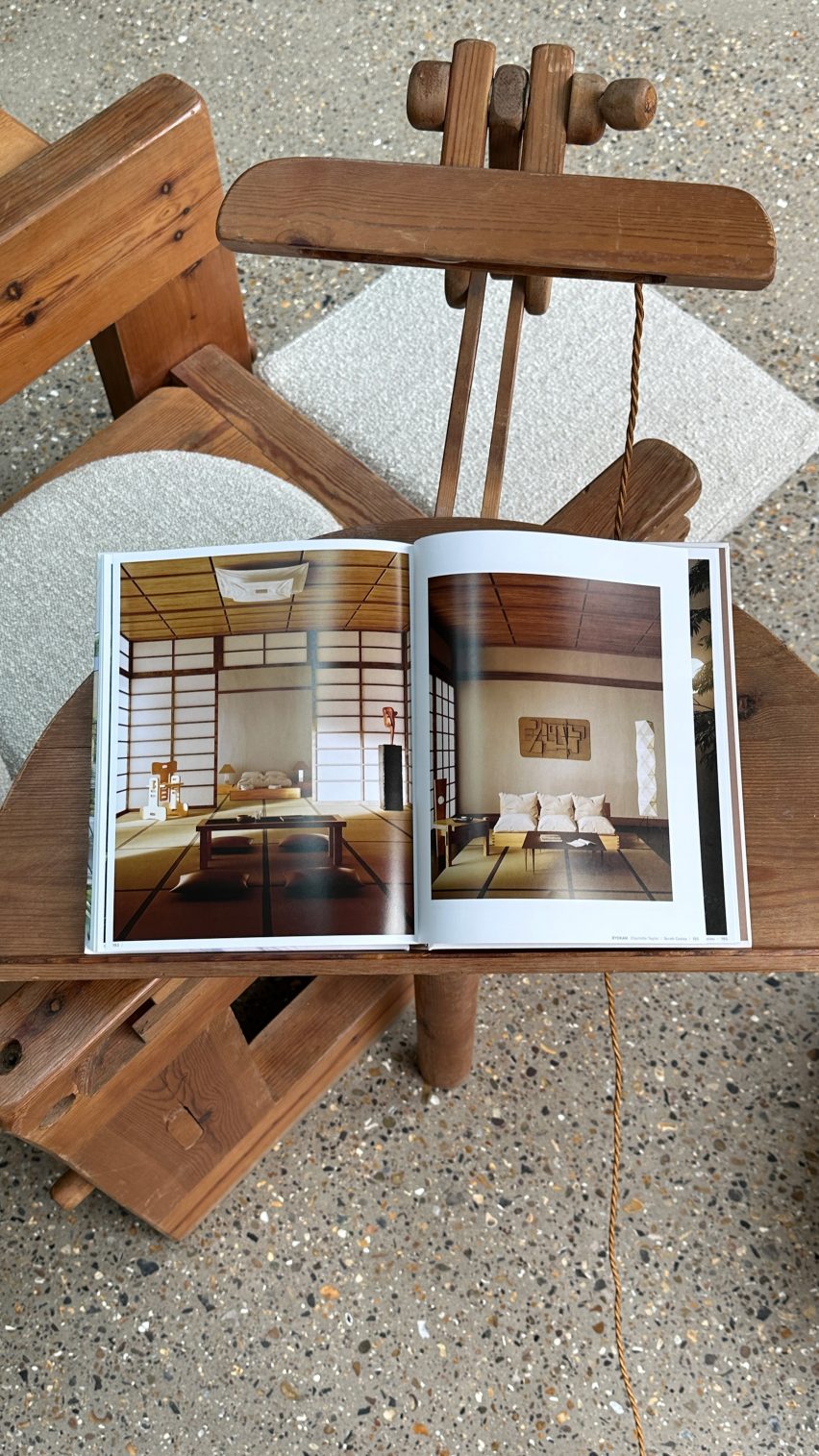
"To take something digital that doesn't exist in the physical world and bring it to print was quite important for me, to see it in that way," the designer added.
Although they work in the digital sphere, Taylor maintains that 3D-visual creators play a part in interior design trends.
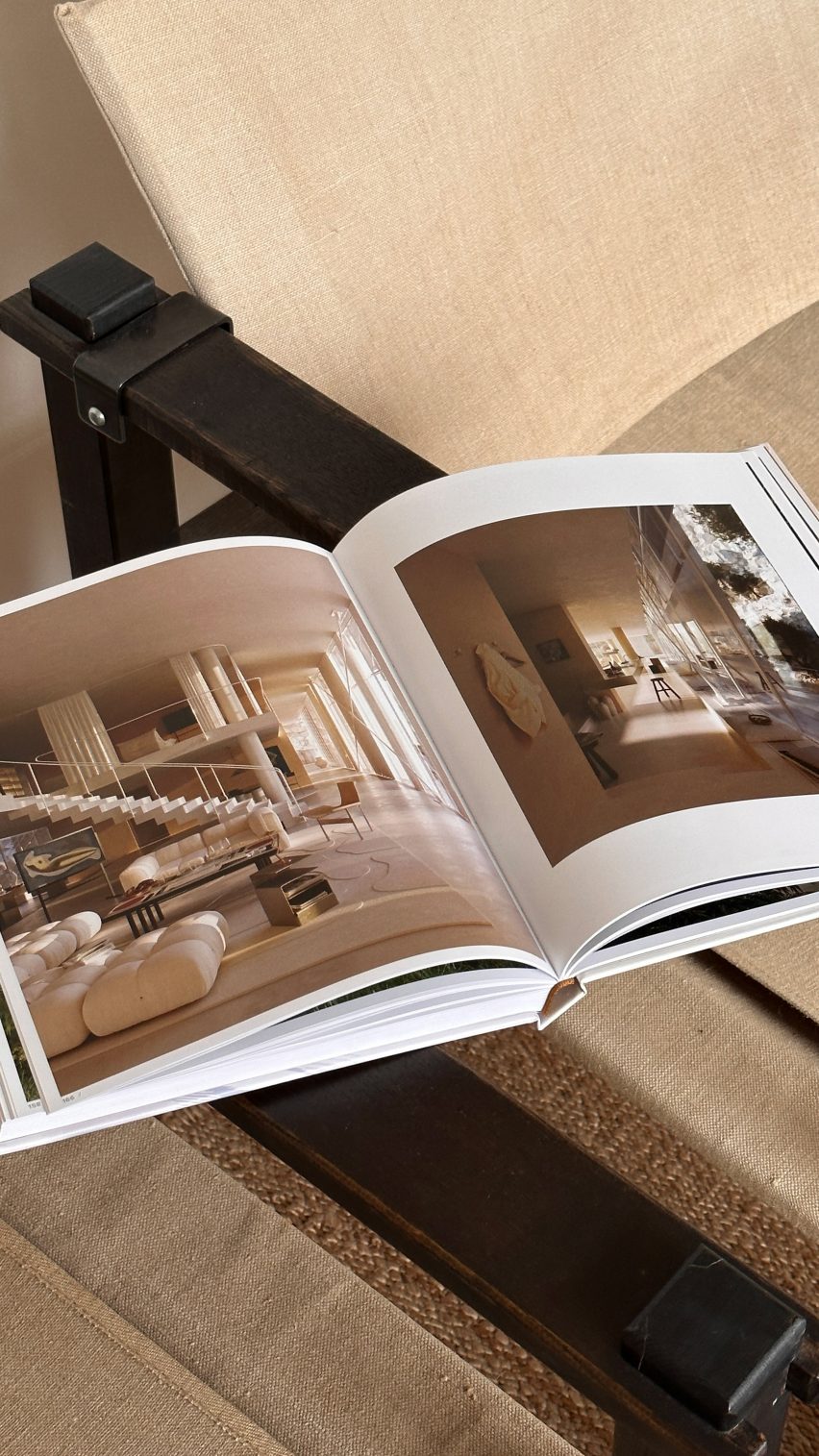
"The arts trends that happen in 3D gradually make their way into interior spaces, and it's really interesting to see the Pinterest effect," she said.
"People love to collect images and make their ideal moodboard with them, and these spaces really play into that. People are constructing their own ideas and making architecture and interiors more accessible rather than something very professional."
In her own interior visual designs, Taylor includes elements from her actual home to make the spaces feel more relatable than traditional architecture renderings.
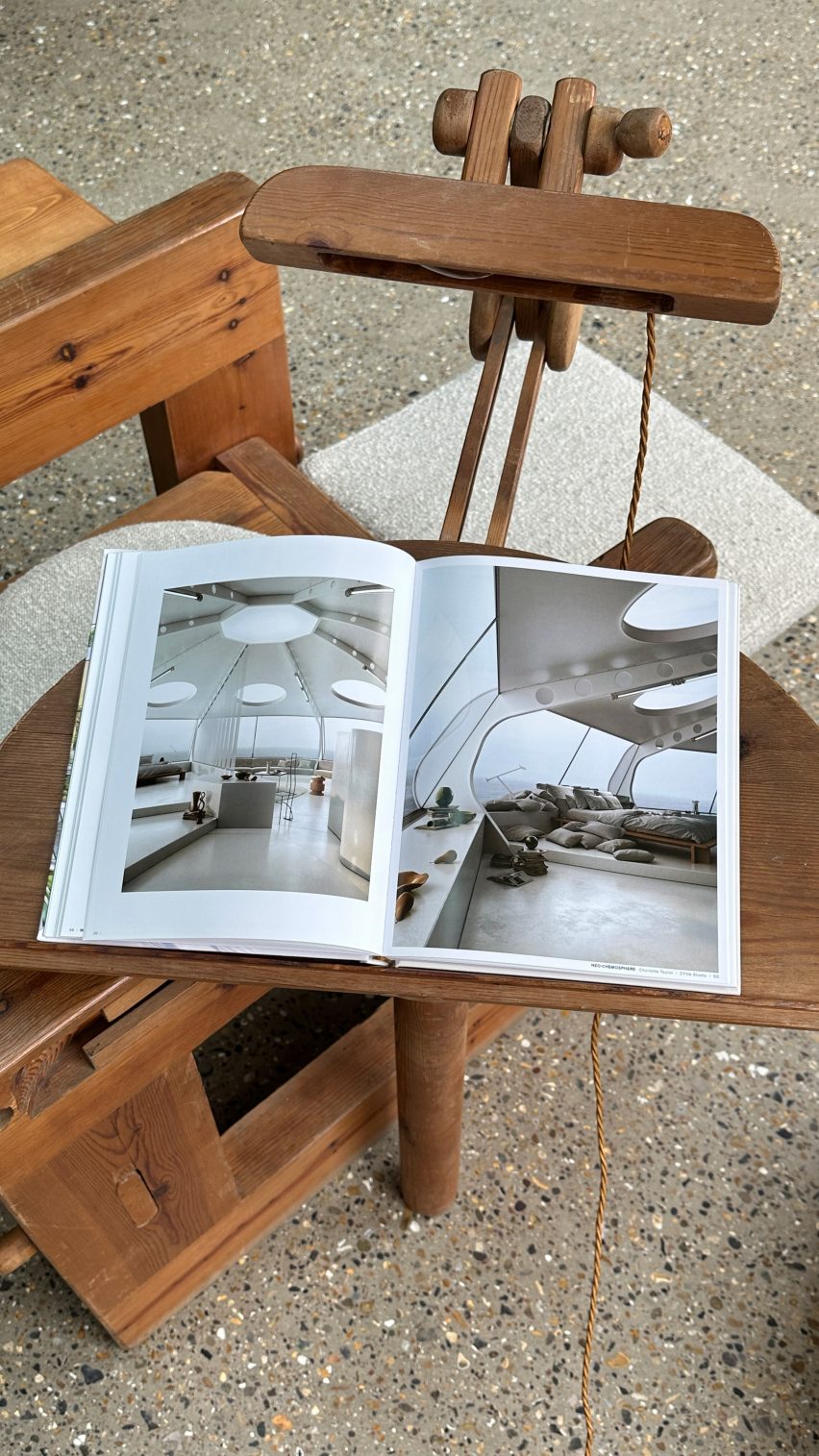
"It's down to the construction of the images, they have this sort of lightning and familiarity, and we always put little props that will often be things from my home," she said.
"These little details make it lived-in and more relatable versus traditional architectural visualisation, which can be very sterile and not aesthetically relatable."
Taylor has also previously worked on various NFT projects, including a video artwork informed by an OMA-design sculpture and NFT capsules that contain digital images of fantasy architecture projects.
The images are by Charlotte Taylor unless stated.
Dezeen In Depth
If you enjoy reading Dezeen's interviews, opinions and features, subscribe to Dezeen In Depth. Sent on the last Friday of each month, this newsletter provides a single place to read about the design and architecture stories behind the headlines.